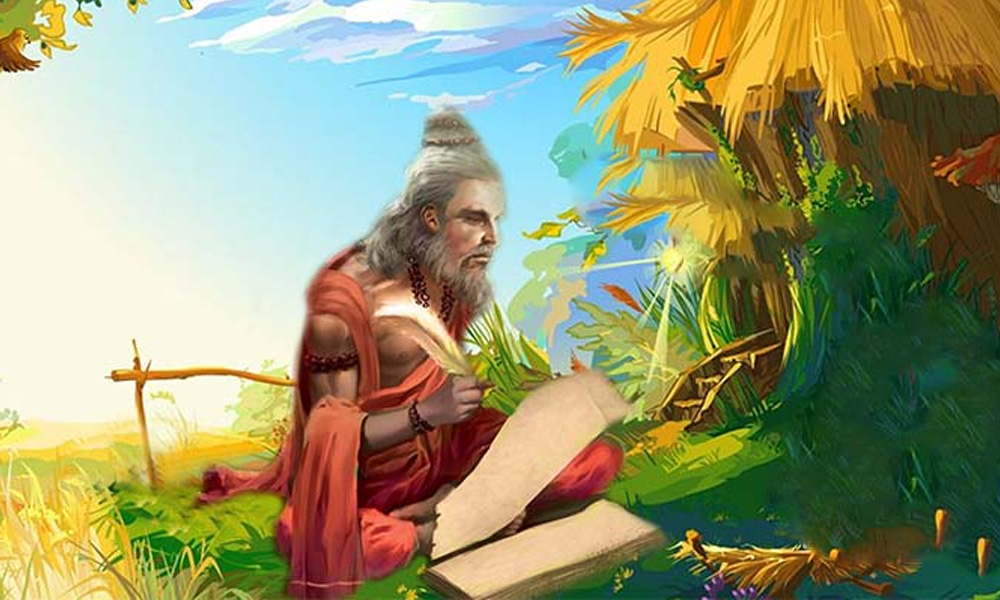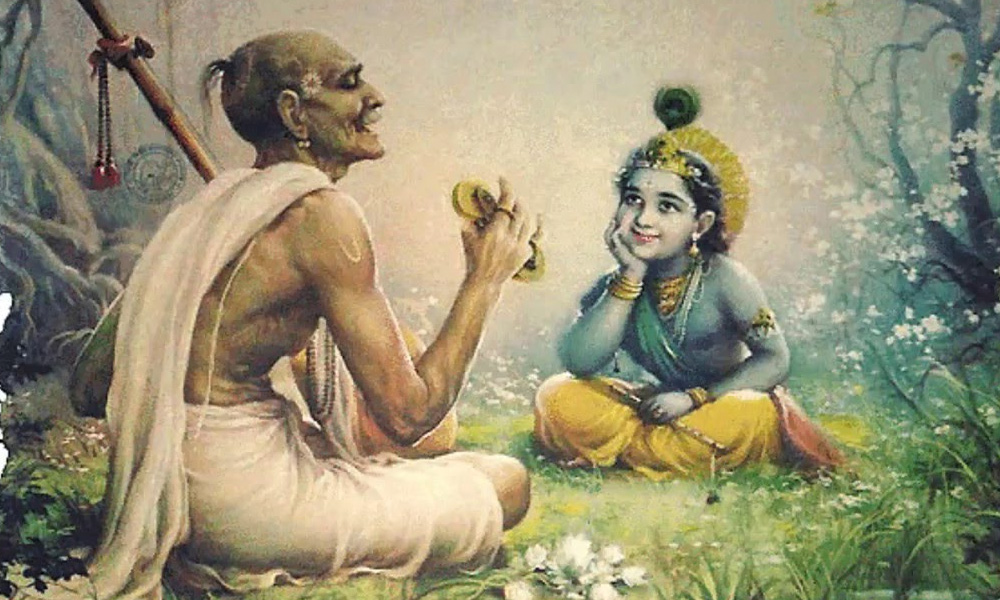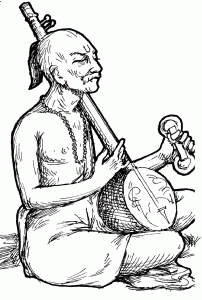Saints and Gurus
Shri Adi Shankaracharya (788-820 AD) – The first Shankaracharya


Ayurveda
Acharya Charaka – Father of Medicine
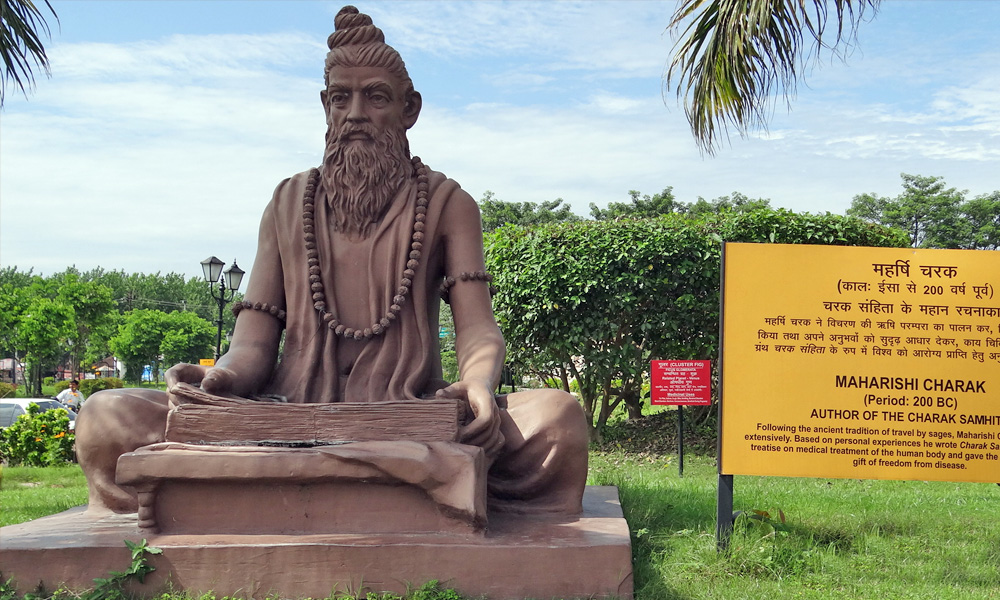
Sage Charaka is one of the renowned and revered sages of India, known for his distinctive service in the field of Ayurveda. He is highly revered as the “Indian father of medicine”. An alternative system of medicine like Siddha, Ayurveda is highly prominent in India, where the roots of this process had started since the time immemorial. The process of healing and curing has taken the world by storm, where a lot of people from other parts of the world showed interest to learn, and excel in the process. Along with several other sciences, curing, operating and several other therapies were highly famous, where one could claim the Indian system of medicine as the pioneers of Medicine. Needless to say, it was the immense gift of several Rishis, Saints and another learned man, who had sacrificed their lives, and showed immense dedication, to help mankind.
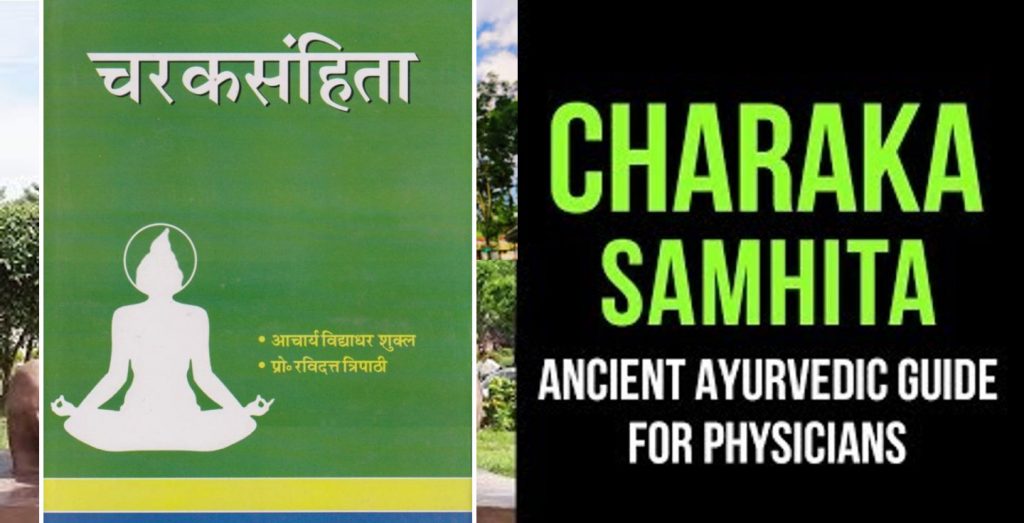
Birth of Sage Charaka:
Sage Charaka was born in 300 BC. It is believed that the Sage lived in Haraka and was the resident of Kapisthal. It is now called Jalandhar. It is located between Iravati or Ravi River and the river Chandrabagha, which is now called River Chenab, which flows in rivers in Panchanada or Punjab. The city of Panchanada had a special mention in the great epic Mahabharatha. He is referred to as a wandering saint, where he used to travel from place to place to cure the ailments of many people.
Contributions of Sage Charaka:
The word Charaka refers to wandering scholars or wandering physicians. His book “Charak Samhita“ is called the encyclopedia of Ayurveda. His works are highly relevant even today, where he used his acumen to find solutions to many underlying problems of the body. He had made extensive research on various human anatomy, embryology, pharmacology, blood circulation. He has also found an innumerable cure for diseases like tuberculosis, diabetes, and heart disease, etc.
He was able to classify the medicinal uses of many herbs such as 10,000. His emphasis on using the herbs along with food has significant health benefits. He also suggests that “Food is Medicine”, where all the aliments could be curbed with the appropriate use of proper medicine. He has proposed the correlation between the mind, body, and soul where a lot of healing takes place through the sound mind.
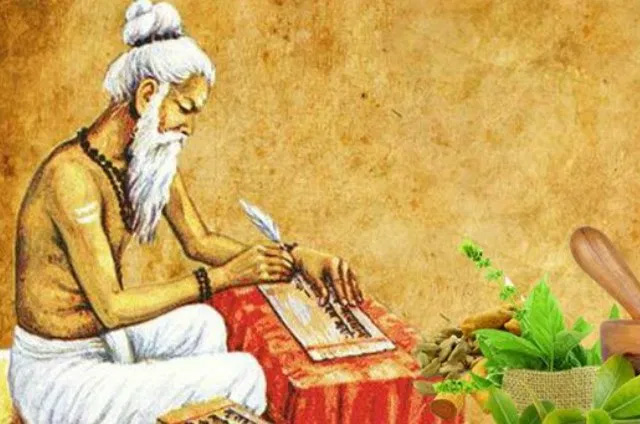
He has proposed the fundamental principle agreement for medical practitioners even two centuries before the Sage Hippocrates proposed his idea. It is evident that many people across several countries used his ideas, and developed the system of medicine.
Sage Charakya and Ayurveda:
He fundamentally classified the system of medicine into seven branches, which are:
- Kaaya Chikitsa- Mental Health
- Kaumarbhrtya Chikitsa- Pediatrics
- Aganda Tantra- Toxicology
- Shailya Chikitsa- Surgery
- Shaakalya Chikitsa- Head, eye and throat medicine
- Raasayana Tantra- Pharmacology
- Vaajikarana Tantra- Reproductive Medicine
Sage Punarvasu, a renowned sage was the Guru and Tutor of Sage Charakya. He was the physician of King king Nagnajit belonging to the Ghandhara Kingdom. There are three treatises, which are Charaka Samhita, Sushruta Samhita, and Ashtanga Sangraha, among them Sage Charakya had gained a lot of popularity in Charaka Samhita.

 Shankara spread the tenets of Advaita Vedanta, the supreme philosophy of monism to the four corners of India with his ‘digvijaya’ (the conquest of the quarters). The quintessence of Advaita Vedanta (non-dualism) is to reiterate the truth of reality of one’s essential divine identity and to reject one’s thought of being a finite human being with a name and form subject to earthly changes.
Shankara spread the tenets of Advaita Vedanta, the supreme philosophy of monism to the four corners of India with his ‘digvijaya’ (the conquest of the quarters). The quintessence of Advaita Vedanta (non-dualism) is to reiterate the truth of reality of one’s essential divine identity and to reject one’s thought of being a finite human being with a name and form subject to earthly changes.











